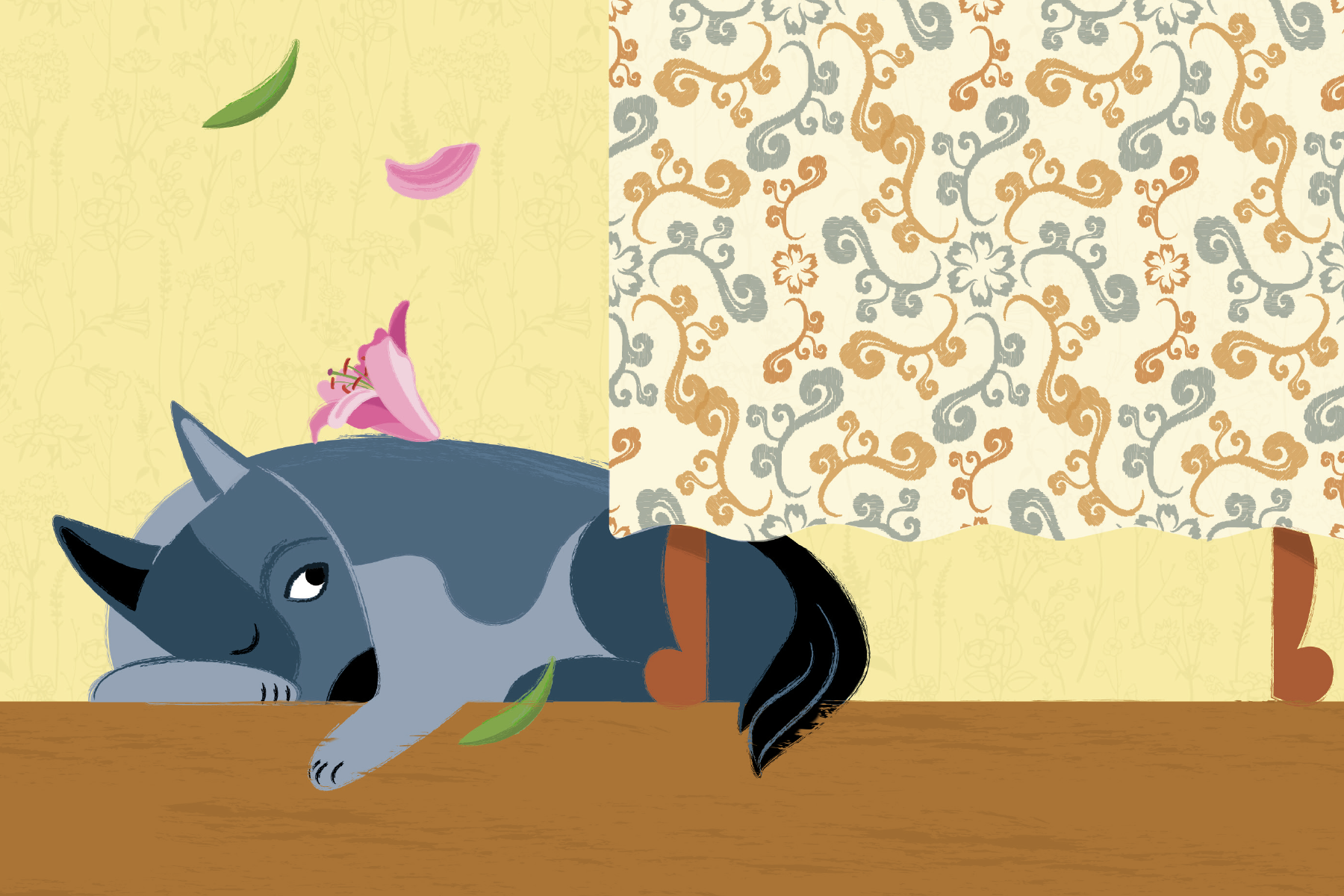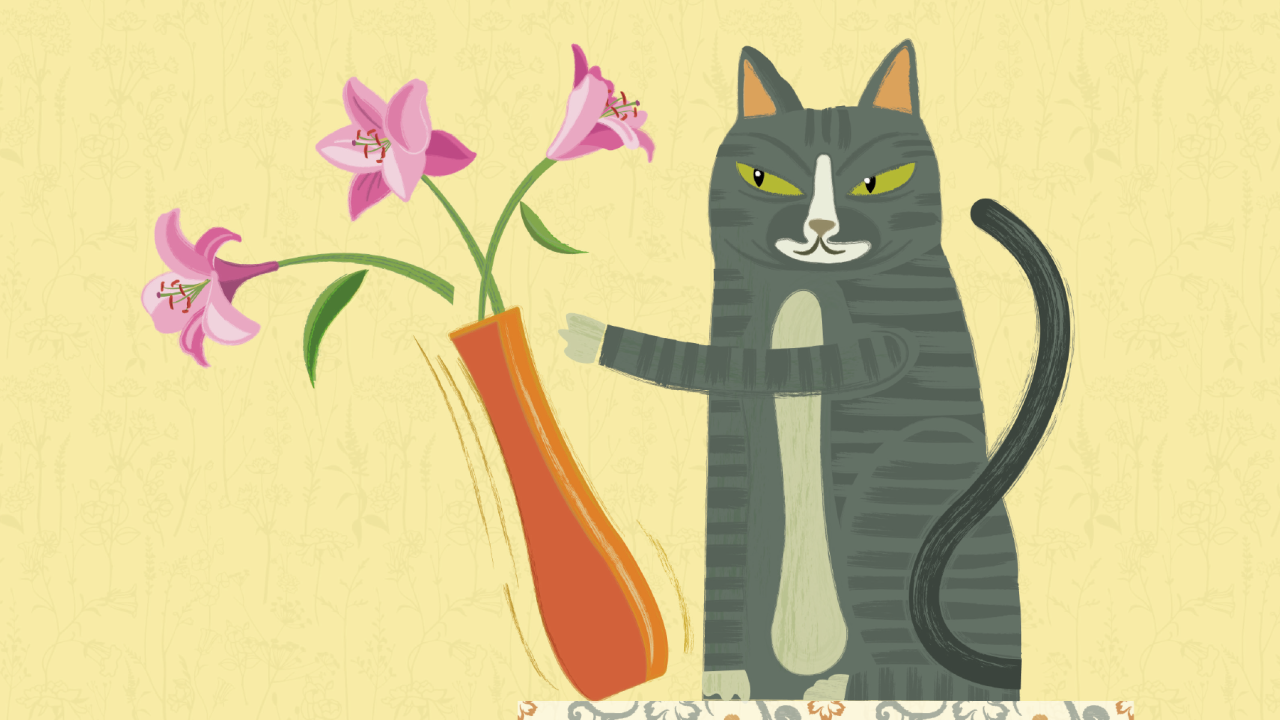
When Plants and Animals Don’t Mix
What are you eating? Get that out of your mouth! DROP IT!

If you spend any time around animals, you have likely used some version of these phrases. Pets and livestock may nibble plants in their environment for a variety of reasons, including curiosity, boredom, nutritional deficiency, compulsive behavior, or because they simply like the taste. Although most snacking on the sidewalk, grazing in the garden, or foraging over the fence is relatively harmless (with maybe an upset stomach), ingestion of certain plants should be treated as medical emergencies. Dr. Robert Poppenga, a diplomate of the American Board of Veterinary Toxicologists and professor at the California Animal Health and Food Safety Laboratory, shares his expertise on poisonous plants, their potential impacts on companion animals and livestock, and steps you can take to keep your animals safe.
There are several poisonous plants that can affect multiple species. A good example relevant to California is oleander.”
—Dr. Robert Poppenga
Plant Poisons
Some plants produce poisons to defend against predators. They can also serve as barriers to pathogens such as bacteria and viruses. Plant poisons can be found in leaves, seeds, fruit, flowers, bark, and roots, and they contain a wide variety of chemical substances. There are several poisonous plants that can affect multiple species, according to Poppenga. “A good example relevant to California is oleander,” he said. “The toxin in oleander, oleandrin, causes heart damage in pretty much any animal following ingestion.” Other plants are more problematic for certain animal species, primarily due to differences in how they metabolize chemicals. For example, many plants contain nitrate in high concentrations. Ruminants are much more sensitive to nitrates than other species since they are reduced to nitrite (the poisonous form) by microorganisms in the rumen.
Although eating any plant outside the normal diet has the potential to be problematic for pets and livestock, it is important to be aware of some that are particularly dangerous.
In the Garden
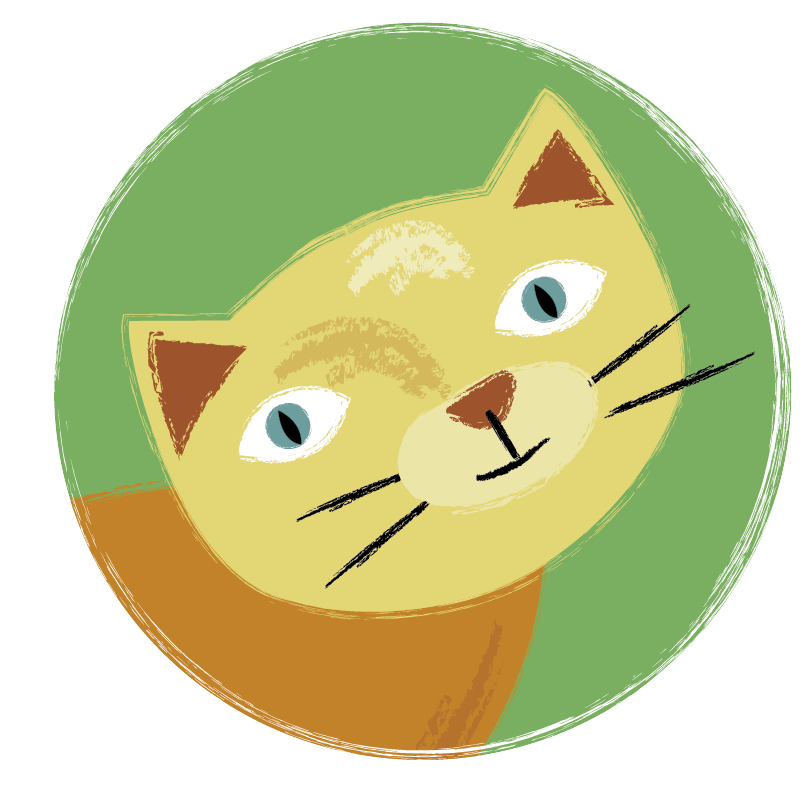
While you are planting your garden this spring, take a moment to ensure that you are installing pet-friendly landscaping. Although your dog’s or cat’s wild ancestors may have had a sense of which plants to avoid, it is unwise to rely on Fluffy’s domesticated instincts to avoid an upset stomach, or worse. Aloe vera, azaleas and rhododendrons, daffodils, and tulips all rank in the Poison Pet Helpline’s top poisonous plants.
ALOE VERA
Although known for healing properties in humans, aloe sap contains toxins that can cause severe vomiting and diarrhea in dogs and cats, especially if ingested in large quantities.
AZALEAS AND RHODODENDRONS
These plants, which are in the same family, produce resins called grayanotoxins that bind to and modify sodium channels, allowing too much calcium within cells. This can lead to vomiting, diarrhea, and abdominal pain. Ingestion of large amounts can lead to serious signs including heart and neurologic abnormalities.
DAFFODILS AND TULIPS
Consumption of the above ground parts of these plants can result in an upset stomach, but it is the below ground parts that cause more severe problems. Ingestion of daffodil and tulip bulbs can induce heart rate and rhythm abnormalities and respiratory depression.
In the House
Although many houseplants are poisonous to pets, most are rarely eaten, according to Poppenga. Lilies and sago palms are among the most dangerous plants to pets at home.

LILIES
Lilies are lethally poisonous to cats. Fatal kidney failure can occur just from biting into a lily leaf or petal, licking lily pollen from paws, or drinking water from a vase containing cut lilies. Dogs do not develop kidney failure from ingesting lilies, but they may get an upset stomach.
SAGO PALM
Indoor and outdoor varieties of these ornamental plants that resemble palm trees can be harmful. They contain chemical compounds that are poisonous to the gastrointestinal and nervous systems. The leaves and seeds can cause vomiting, bloody stools, damage to the stomach lining, severe liver failure, and in some cases death.

On the Farm
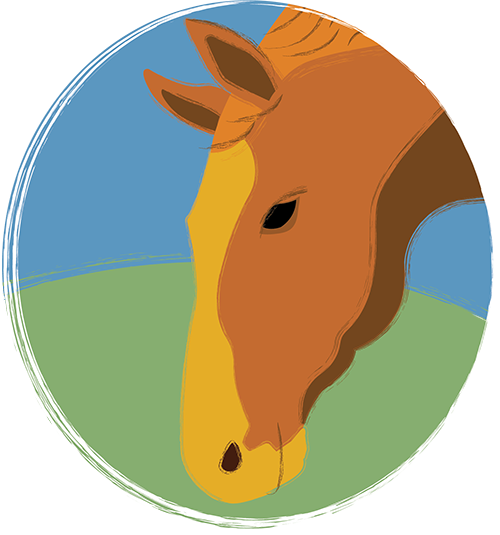
One of the most common and wellknown sources of plant poisoning in livestock and horses is oleander, but there are many other plants that can lead to problems for animals on farms and ranches, including arrowgrass and fiddleneck.
ARROWGRASS
These native, grasslike plants contain cyanide, which can cause death within minutes. Signs in affected animals include difficulty breathing, incoordination, and tremors.

FIDDLENECK
Also known as rancher’s fireweed or tarweed, this plant is widespread in California. It contains pyrrolizidine alkaloids concentrated in the seeds that can result in irreversible liver disease. Signs include loss of appetite, weight loss, jaundice, and neurological issues. Horses and cattle are the most sensitive to these compounds. Pigs can also be affected, but sheep and goats are less susceptible.
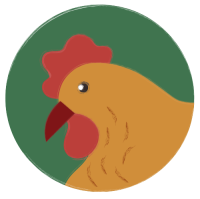
About Avocados
Avocados are the plants that most commonly result in health problems for exotic pets and pet birds, but they are also poisonous to other species such as chickens. Consumption of avocado leaves, fruit, seeds, or bark can cause vomiting, diarrhea, and pancreatitis.
When to Call the Vet
Poisonous Plant Resources
Pet Poison Helpline:
(855) 764-7661
www.petpoisonhelpline.com
California Animal Health and Food Safety Laboratory
(530) 752-7578
www.cahfs.vetmed.ucdavis.edu
UC Davis Agriculture and Natural Resources Livestock-Poisoning Plants of California
Resource Publication (pdf)
UC Davis Center for Plant Diversity
(530) 752-1091
www.herbarium.ucdavis.edu
Visit the Toxic Plant Garden on the School of Veterinary Medicine on the UC Davis campus and view many of the plants listed here.
If you suspect that an animal in your care has ingested a poisonous plant, call your veterinarian and/or an animal poison control center immediately. Look around the animal’s environment to see if you can identify the plant. If the animal vomits, plant fragments might be present that indicate which plant was ingested. Bring the plant in with you if possible. If you can’t identify the problem plant, the clinical signs exhibited by the animal may provide important clues. Determining that the signs are primarily related to liver or heart damage, for example, would narrow the list of possible plants involved.
What You Can Do to Keep Your Animals Safe
Although animals frequently find ways to get into trouble, the good news is that owners can often minimize encounters between animals and poisonous plants. “The best advice is to have some knowledge about the most common poisonous plants and try to limit access by animals,” said Poppenga.
“If an owner wants to landscape, they should check to see if any of the plants being considered are potential risks. For livestock and horse owners, it is important to visually inspect hay and forages for evidence of plants that should not be there.”
Remember that animals can jump, dig, and squeeze through small spaces, so it’s a good idea to always err on the side of caution. Install secure fencing, watch for places that an animal might dig, and block off potential escape routes to reduce access to dangerous plants.
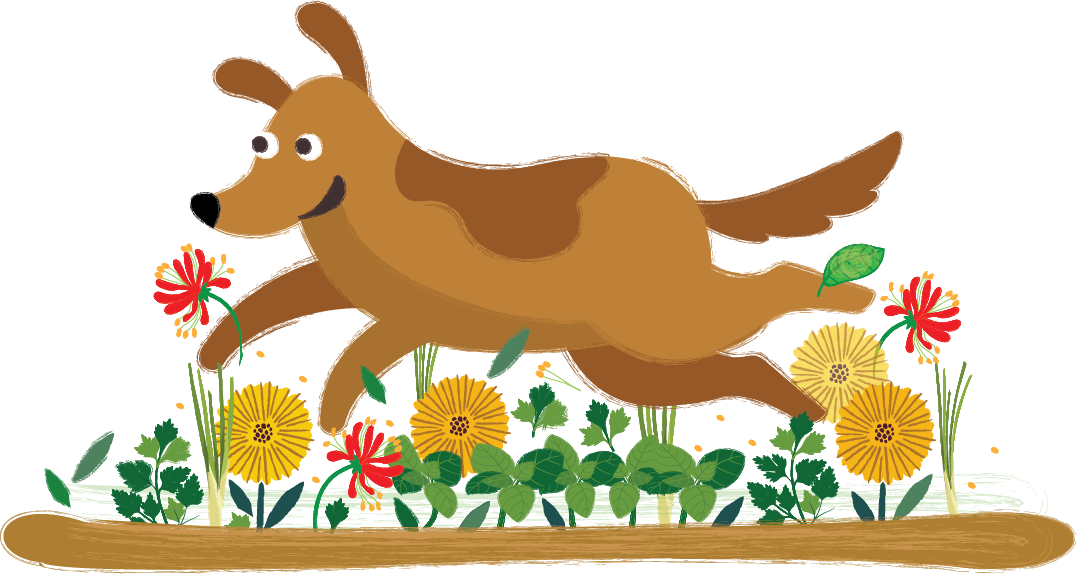
Remember that animals can jump, dig, and squeeze through small spaces, so it’s a good idea to always err on the side of caution.
There are several useful resources on the internet that can help answer questions about poisonous plants. Be sure to consult reputable sources, such as pet poison helplines or university extension publications.
On the Safe Side
Plants that are safe to have around pets and livestock include:
- African violets
- Basil
- Blue Fescue
- Boston Fern
- Boxwood
- Catnip
- Clover
- Dogwood
- Hibiscus
- Honeysuckle
- Impatiens
- Japanese Maple
- Jasmine
- Lemongrass
- Lilac shrubs
- Magnolia
- Marigolds
- Pansies
- Parsley
- Snapdragons
- Sunflowers
- Spider plant
- Thyme
- Zinnias
